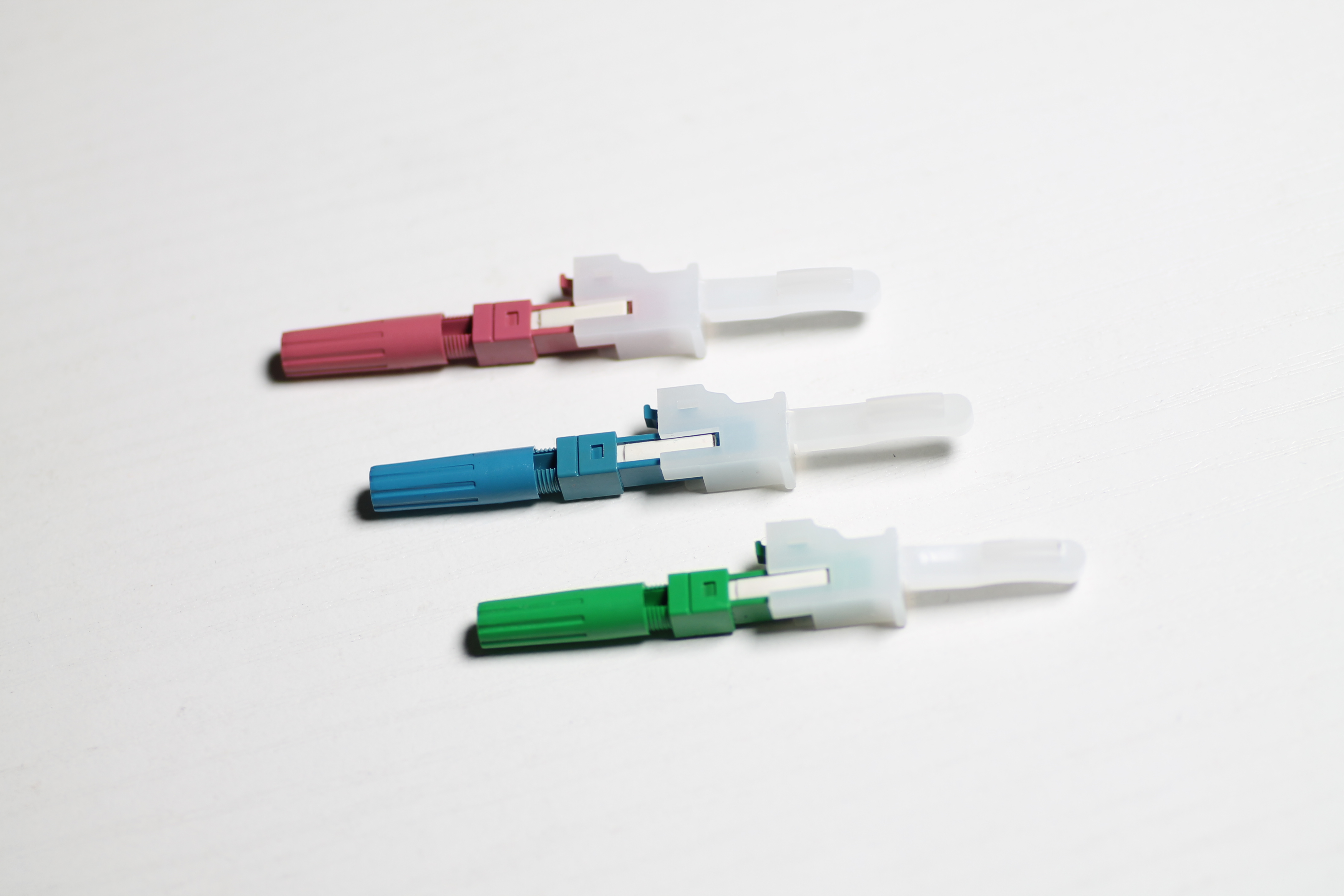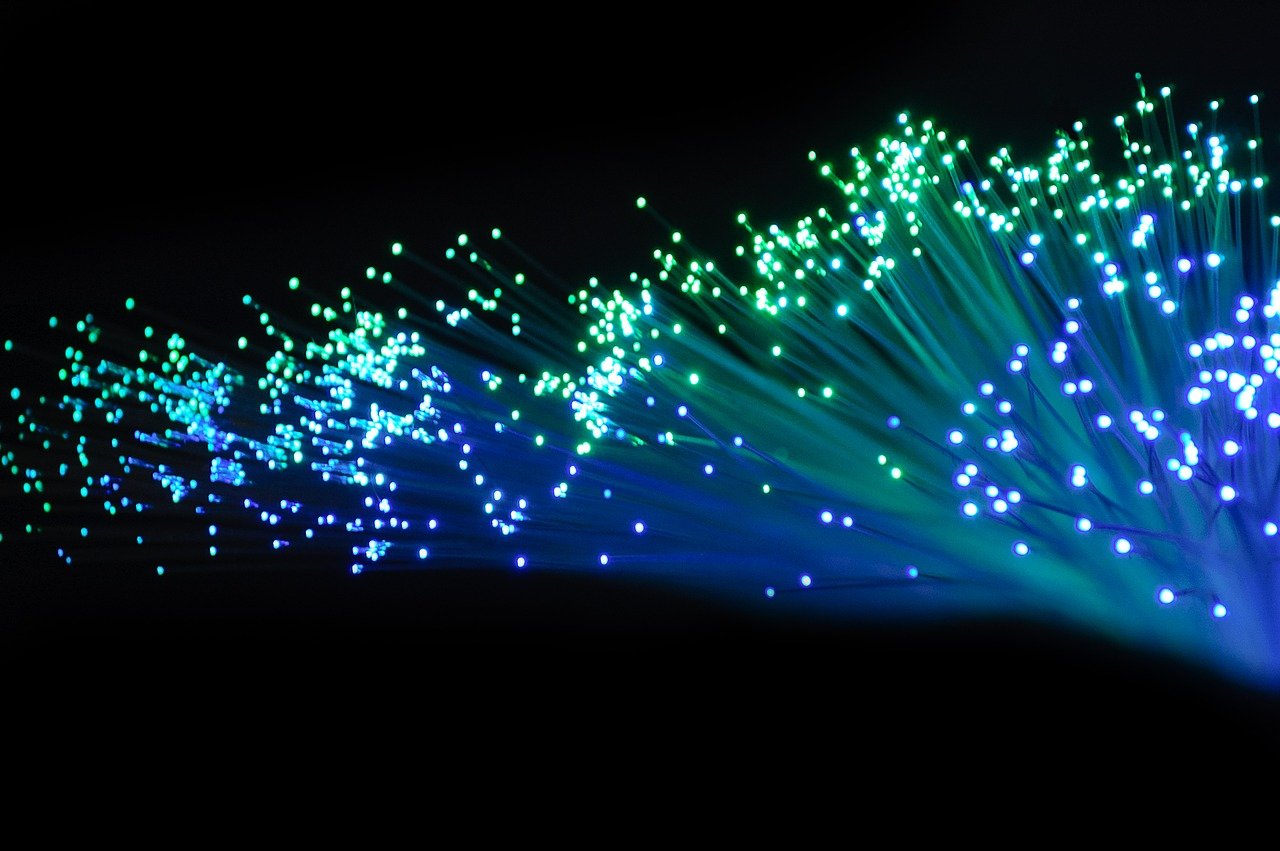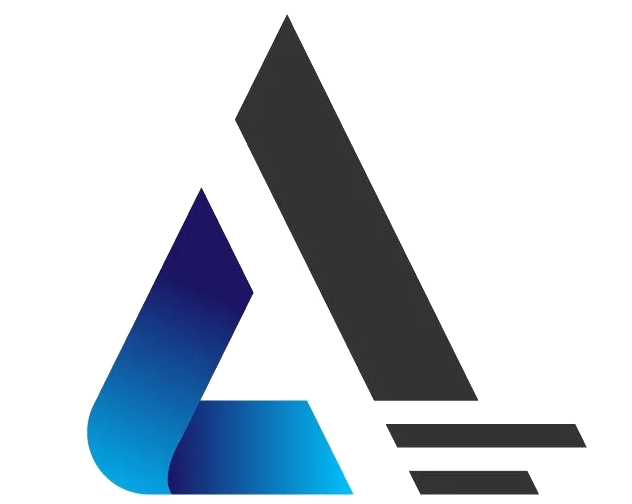Efficient Fiber Optic Installation with LC Quick Connectors: A Comprehensive Guide

Efficient Fiber Optic Installation
Understanding Fiber Optic Connectors
Fiber optic installation plays a critical role in modern communication networks, and the efficiency of this process is paramount. LC quick connectors have emerged as a game-changer, enabling swift and hassle-free installation. It's essential to understand the different types of fiber optic cable and how LC connectors offer distinct advantages in terms of speed, ease of use, and reliability.
Understanding Fiber Optic Connectors
Types of Fiber Optic Connectors
When it comes to fiber optic connectors, there are various types used in installations to ensure seamless connectivity. Some of the most common types include the fiber optic connectors such as ST, SC, and MTP/MPO. Each type is designed for specific applications and cable types, emphasizing the importance of matching connectors to the corresponding fiber cable.
Connector Components
Understanding the basic components of optical fiber connectors is crucial for ensuring reliable connectivity. These components typically include a ferrule, connector body, coupling mechanism, and boot. The ferrule holds the fiber in place and aligns it for proper connection, while the connector body houses the ferrule and provides structural support. The coupling mechanism secures the connection between two connectors, and the boot protects the fiber and ensures strain relief. Each component plays a vital role in maintaining precise alignment and low signal loss during data transmission.
Advantages of LC Connectors
Size and Flexibility
LC connectors are known for their small form factor and exceptional flexibility, making them highly advantageous in fiber optic installations. The compact size of LC connectors allows for high port density, enabling more connections in a limited space. This is particularly beneficial in environments where space is a premium, such as data centers and telecommunications facilities.
Moreover, the flexibility of LC connectors simplifies the installation process, especially in tight or challenging spaces. The ease of maneuvering the connectors ensures that they can be installed swiftly and efficiently without compromising on performance or reliability.
The combination of size and flexibility makes LC connectors an ideal choice for applications where space optimization and easy installation are crucial factors. These characteristics contribute significantly to streamlining the installation process and enhancing overall network efficiency.
Low Insertion Loss
One of the primary advantages of LC connectors is their low insertion loss, which is vital for maintaining signal integrity during transmission. The minimal loss experienced with LC connectors ensures that the transmitted signals remain strong and reliable throughout the network.
Low insertion loss also contributes to improved network performance by minimizing signal degradation. This is particularly important in high-speed data transmission applications where signal quality is paramount. The superior performance offered by LC connectors due to low insertion loss makes them an optimal choice for demanding communication networks.
Best Practices for Seamless Installation
Cable Handling and Preparation
When it comes to fiber optic installation, proper cable handling and preparation are essential for the success of the entire process. Handling the fiber cables with care is crucial to prevent any damage that could compromise the integrity of the installation. It's important to avoid bending the cables beyond their minimum bend radius, as this can lead to signal loss and potential breakage.
Additionally, meticulous preparation of the cables ensures that they are clean and free from any contaminants that could interfere with connectivity. This involves stripping the protective layers of the cables with precision and cleaning them thoroughly to remove any dust or debris. Properly prepared cables not only facilitate smooth connectivity but also contribute to the longevity and reliability of the entire optical fiber installation.
Connector Cleaning and Inspection
Thorough cleaning and inspection of connectors are paramount for ensuring a reliable and efficient fiber optic installation. Connectors must be meticulously cleaned to remove any dirt, oil, or other impurities that could hinder proper connectivity. Specialized tools and cleaning solutions are used to delicately cleanse the connectors without causing any damage.
Furthermore, a comprehensive inspection of the connectors is conducted to check for any signs of wear, misalignment, or damage. This meticulous examination guarantees that only properly functioning connectors are utilized in the installation process, thereby minimizing the risk of signal loss or network disruptions.
Revolutionizing Fiber Optic Installation
Impact on Communication Networks
The introduction of LC quick connectors has significantly impacted modern communication networks. Their rapid installation capabilities have revolutionized the way fiber optic installations are carried out, leading to a substantial improvement in deployment efficiency. By enabling swift and hassle-free connectivity, these connectors have contributed to the evolution of fiber optic installation practices.
In communication networks, the ability to achieve efficient installation is crucial for meeting the increasing demands for high-speed data transmission and reliable connectivity. LC quick connectors have played a pivotal role in addressing these needs by streamlining the installation process and reducing deployment time. As a result, network operators can expedite the expansion and maintenance of their infrastructure, ultimately enhancing overall network performance.
The seamless integration of LC quick connectors into communication networks has not only accelerated installation processes but has also set new standards for reliability and performance. This advancement has paved the way for enhanced network capabilities, ensuring that modern communication infrastructures can keep pace with growing demands for connectivity and data transfer.
Applications and Future Developments
The applications of LC quick connectors span across various industries, including telecommunications, data centers, healthcare, and more. Their ability to facilitate fast installation makes them invaluable in scenarios where rapid deployment is essential. Moreover, as technology continues to advance, there are ongoing developments aimed at further optimizing fiber optic installation processes.
Future developments in fiber optic installation technology are focused on enhancing connector designs to support even faster and more efficient installations. Additionally, advancements in materials and manufacturing techniques are being explored to improve the performance and durability of these connectors. These developments will continue to shape the future of fiber optic installations by offering even greater speed, reliability, and adaptability to meet the evolving needs of modern communication networks.
LC Quick Connectors
LC quick connectors have truly revolutionized the landscape of fiber optic installation. Their efficiency and accessibility make them ideal for a wide range of applications, from data centers to telecommunications and beyond. The introduction of LC fast connectors has made fiber optic installation seamless and rapid, meeting the demands of modern communication networks for swift and reliable connectivity.
See Also
Simplify Cable Solutions Using Preconn: A Quick On-Site Termination Manual
Attaining Optimal Performance and Affordable Fiber Optic Connection
Discovering Advantages of the 960 Core Fiber Optic Splice Enclosure
Advantages of Weatherproof FastConnect Fiber Field Assembly Connector


